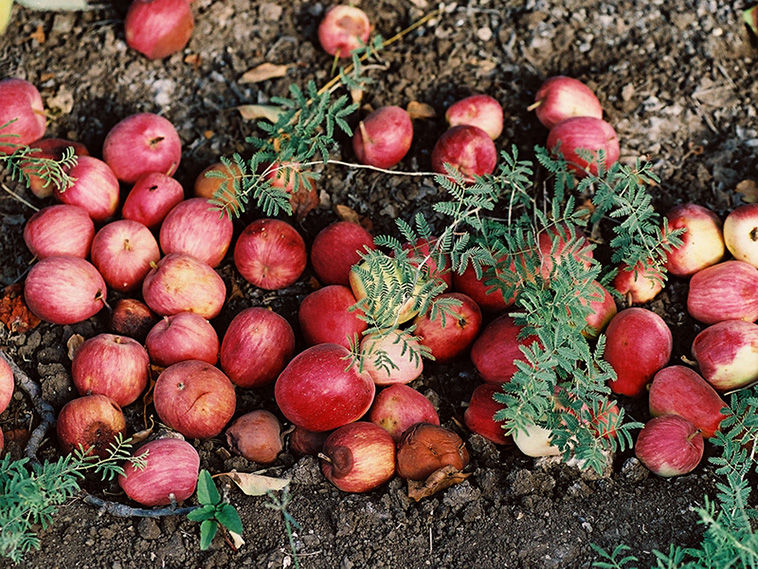LAPWING: stop-go scurry caught Shakespeare's eye
ELEGANT but noisy, lapwings used to be a common sight in our countryside where they gathered in huge flocks on open fields and grasslands.
Like other farmland species, the speed of their recent decline has been startling and desperate attempts are currently being made to halt this. Lapwings are long-legged waders but are easily distinguished from other waders thanks to their short beaks and long, thin, backward trailing crests. From a distance, lapwings appear plain black and white but closer inspection reveals their beautiful, deep glossy green plumage, hence another name for them - 'green plovers'.
Many people also call them 'peewits', a word derived from their far-carrying 'pee-wit' cries.
But the more common name is lapwing, which is equally apt as the bird's broad, stubby wings seem to lap at the air in flight.
Such wings offer great manoeuvrability and enable lapwings to mob and drive off marauding crows and magpies which threaten their nests.
These are bare scrapes in the ground where up to five mottled brown eggs are laid each year between March and June.
During this period, male lapwings put on spectacular tumbling flight displays and call loudly to females.
Insects and worms are the main food items and lapwings pinpoint these during a constant stop-go scurry across open ground.
This method of moving about even caught Shakespeare's eye.
In 'Much Ado About Nothing', he wrote:"Now begin, for look where Beatrice, like a lapwing, runs close by the ground to hear our counsel." Lapwings have a chequered history.
Commercial egg collectors originally started the birds' decline as far back as the 19th century when lapwing eggs were prized as snacks.
Drainage and enclosure of land by farmers also saw flocks evicted from many of their ancient breeding grounds.
The Lapwing Act of 1926, which clamped down on egg collecting, improved their fortunes for a while.
But their long-term recovery was never going to last, especially when faced with the stupidity of EU bureaucrats.
Not content with wrecking our farming and fishing industries, our masters in Brussels have also ruined the prospects of many farmland birds - including those of the lapwing.
Today, EU-inspired agricultural practices - such as the switch to autumn-sown crops - have seen the lapwing join the growing ranks of threatened species.
Breeding populations may have slumped by as much as two fifths from a high of about 250,000 pairs in the 1980s.
I sometimes wonder what kind of bird-brains dreamt up the entire EU project in the first place.
Shouldn't we now be netting these individuals, ringing them, and packing them off to the Arctic tundra for a few harsh winters?










